Vocab
“Step ban” or “walking ban” - Jin Bu (禁步, jìn bù) - an accessory often matches with hanfu. It is an accessory that is threaded together with jade stones and hung over a hanfu dress.
Jade pendant - Yu Pei (玉佩, yù pèi) - also an accessory made of silk threads, beads, and jade stone that hung at the waist. But yùpèi are much simpler than Jin Bu, oftentimes it is just a jade with one or two beads tied together with thread. Oftentimes there will be no silk or bead tassels at the bottom like Jin Bu.
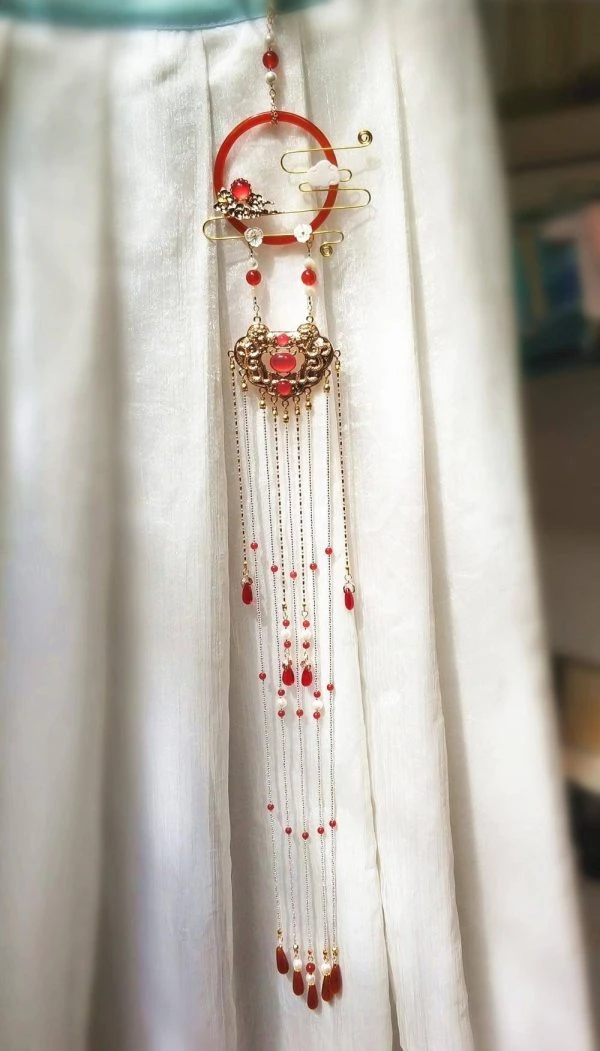
Materials
Jin Bu are usually made up of colored silk threads, jade beads, and jade pendants combined together. There may or not have tassels made up of silk thread at the end of the accessory. If not, the tassels may also be made up of threaded beads.
Jin Bu in the past were made up of precious stones, and since they are threaded, they will clash together when walking making jade clash. If this is heard now people might not think much about it, but the etiquette and customs were stricter in ancient times, especially on feminine etiquette and how loud of a sound they should be making when walking.
Now Jin Bu includes more materials that can be combined to make it. Rather than pure jade which ancient people mainly used, now people can use plastic beads, metal parts, small bells, and other materials to make it.
At times, people also call Jin Bu a jade pendant because it looks and serves similarly with hanfu. But Jin Bu usually combines more than one jade pendant or more jade parts together. They are two different accessories. If you search online about the jade pendant and Jin Bu, you will see that the latter is more complex than the former one.
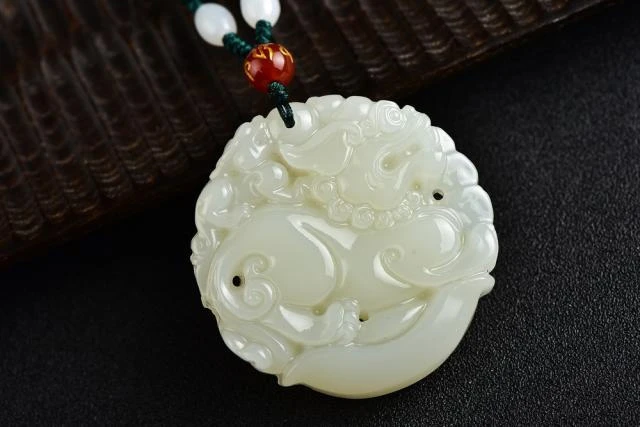
Jade pendant
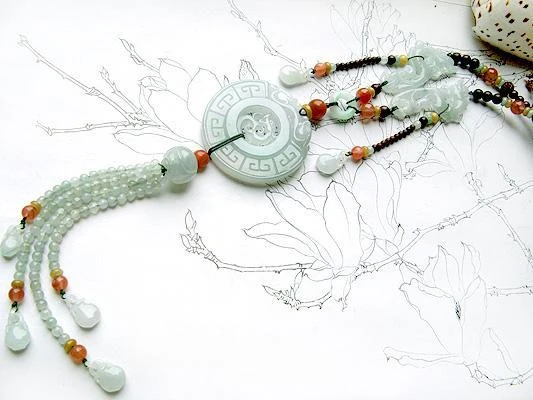
Jin Bu
History and Purpose
When getting into the circle of hanfu, the first thing that hanfu enthusiasts gain an understanding of will be the various types of hair accessories. After that, will be the types of accessories that are worn over hanfu, especially hung at the waist, such as Jin Bu, directly translated as “walking ban” or “step ban.”
Here we will understand what this accessory is and its purpose between ancient eras to now.
Even though it is known by that name, it is still something to pair hanfu with. Jin Bu is an accessory that appeared as early as the Pre-Qin era so the purpose of this accessory has definitely changed over time, from the strict rules in various dynasties to the modernized society where people are more open. With the strict rules, Jin Bu will also have more than one purpose, especially when worn by women. 
The basic characteristic of hanfu is that it is a type of loose clothing. Hanfu are unlike the types of outfits we have now that either have loose, relaxing types or are thin and fitting to body curves. In other words, hanfu itself is loose and reaches the floor. On windy days, it is basically a large surface to catch the wind and blow the edge of the wrap skirt/pant around wildly exposing the skin underneath.
In this case, ancient Chinese people will wear Jin Bu by their waist as a source of weight over their wrap skirts. That way, on windy days, there is at least something pressing down on the edge of the skirt, preventing it from flipping open due to wind forces and revealing what is underneath. In ancient times, people were likely to wear some inner outfit such as loose pants or another layer of wrap dress underneath than just a layer of what they wear on the outside. But now, wrap dresses are basically worn as a dress, few would wear a dress over pants exactly as the people did in ancient times. In this case, on windy days, the vertical edge of the wrap dress will be likely to get flipped to the side by wind leading to exposure.
Besides adding, the second most important reason in ancient times would be to correct female etiquette and postures. There are already many strict rules for one’s etiquette, manners, outfits displayed, and behaviors in different dynasties, and they are further emphasized when it is used on females. In this case, Jin Bu will serve exactly as it is named. It will limit women’s walking momentum, pace, and speed, restricting them to slow down their pace no matter what situation it is and to take small steps to maintain a calm and pleasant posture to outsiders.
By minimizing their stepping movement and speed, the jade will still clash together but it will not be making harsh and loud ‘clinking’ sounds, which is more acceptable. If a female walks quickly causing the jade to clash harshly, it will make loud noises, and other people will consider the person making the noise to be rude and does not have trained etiquette. If the jade clashes together harshly, there is also a high possibility that the jade will crack, especially if the jade pieces are thin.
When worn during the summer season, women will be forced to walk slowly and be calm in all situations, so there is also the saying that it can help calm the heart and bring peace instead of being restless from the heated weather.
The purpose of Jin Bu here is similar to the purpose of Bu Yao (步摇 bù yáo), a type of hairpin with tassels dangling down one end. The tassels on the bù yáo will correct one's bodily movements. Women will have to maintain their posture, especially when turning their heads. When walking, they are also required to walk slowly to make sure the tassels on the bù yáo are not swaying wildly. If it does sway wildly, it might be seen as lively now, but when seen in ancient times, outsiders will think that the family did not give enough etiquette training for their daughter about having more of a feminine movements.
Another example would be how females should smile. There is the phrase “笑不露齿, 行不露足 (xiào bù lù chǐ, xíng bù lù zú).” Meaning when a woman smiles they should not reveal their teeth. When walking they should not walk so fast as to cause the hem of their dress to flip up due to movement to reveal feet.
The entire etiquette rule applies more to women in a noble family, so at first, Jin Bu is worn by noble females, but gradually the designs expanded, even spreading to the commoner level, allowing more people of different statuses to have access and able to wear it.
Fast forwarding time to now, the usefulness of Jin Bu decreased to being an accessory. People are more open now and do not have to pay attention to how much noise they make when walking or worry if other people will think that they don’t have manners when compared to other females. So the meaning of Jin Bu is simply a beautiful accessory to add weight to the dress when hung by the waist.
Extra
There is also the idea that based on what tye of styles, color, and design of jìn bù worn, it revealed what type of characteristic and temperament the wearer has.
Females generally like bright, vibrant colors to match their outfit. If not, a softer shade of color, but all of which will fit their outfit and blend in smoothly.
Male on the other hand, would more likely choose a deeper shade of colors to express their calm manners.
Difference
When talking about having some sort of weight to press down on the wrap skirt, besides jìn bù, another accessories that serves the same purpose will be Gong Tao( 宫绦 gōng tāo). The clear difference will be the types of materials these two are made up of - one of jade and one of intertwined rope and the length of these accessories.
The length of jìn bù can vary. There are some that are long enough to reach below the knees if it has a long tassel end, but usually they are just around half an arm length and will not go below the knees.
The tying technique of jìn bù are quite easy. It is simply just a slip knot. Most jìn bù have a looped rope end at the top. The loop end will be slipped under the wrapped dress belts, then the entire jìn bù will slip through the loop that exit from the top of the belt. This method will basically secure the access to the outfit unless it is unknotted or the belt of the wrap dress is untied.
But some jìn bù nowaday have move onto replacing loop rope to using some sort of clip. But it is all the same purpose. Just find a way to tie or clip on to the belt of the dress and it will generally be stabilized. If you are adding a thin belt separated from the belt that comes with the wrap skirt, the tying method is still the same, just transfer from the dress wrap belt to the second added on top of the dress wrap one.
Gōng tāo on the other hand are generally much longer than jìn bù. The lengths have to be long enough to wrap around the waist once or twice because this type of accessories are worn by wrapping around the waist over the layer of hanfu and then knotted together. Gōng tāo can be considered to be an early version of belt worn by ancient Chinese, just with the end possibly attached with tassels or jade hanging toward the ground. Since hanfu is a loose thing. It is highly possible that when worn it hides all the curves of the body, so including this rope-like belt around the waist will create a narrowing constriction to show the waist.
But generally, both of them serve similar purpose, especially if gōng tāo have accessories at both end which add weight on top of hanfu.
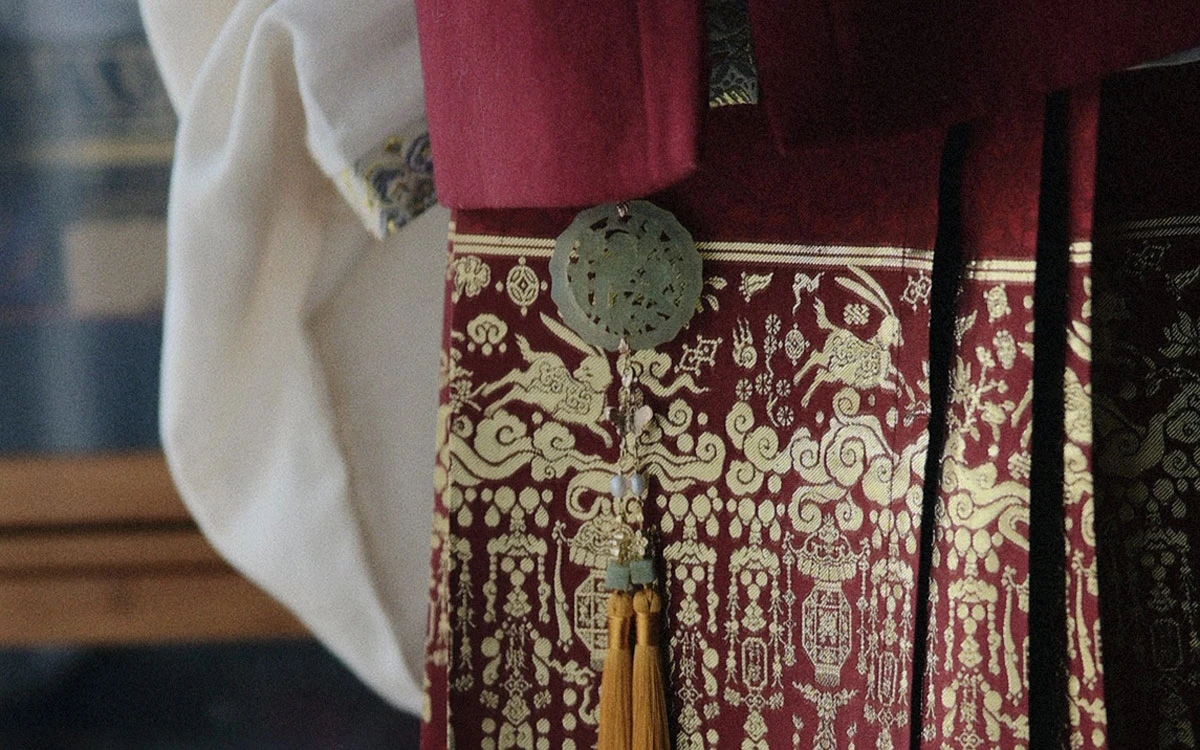
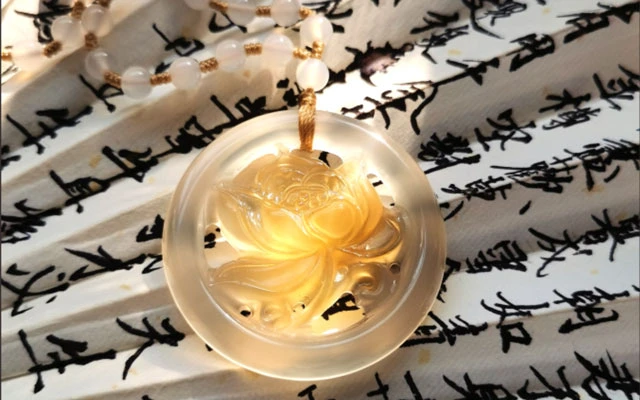
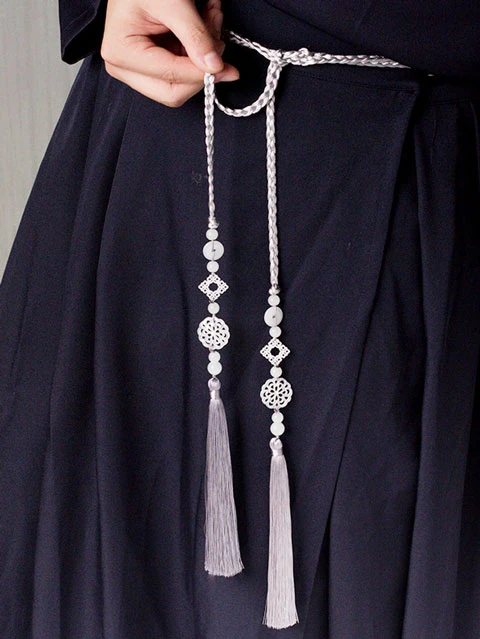
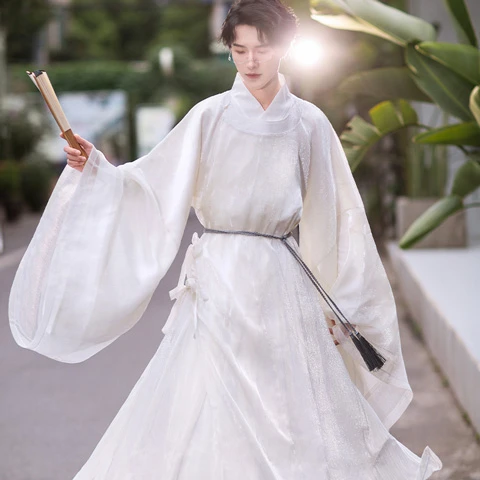
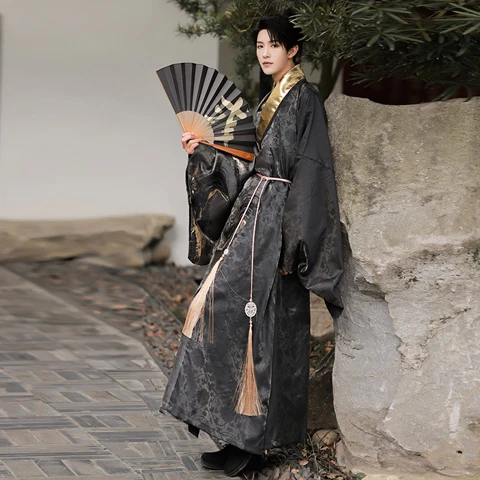
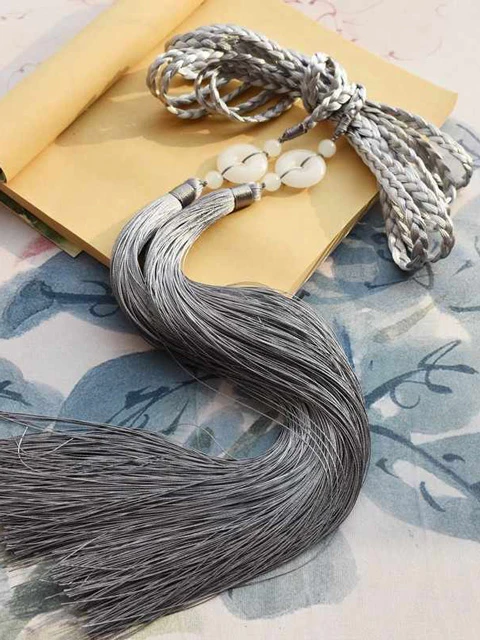

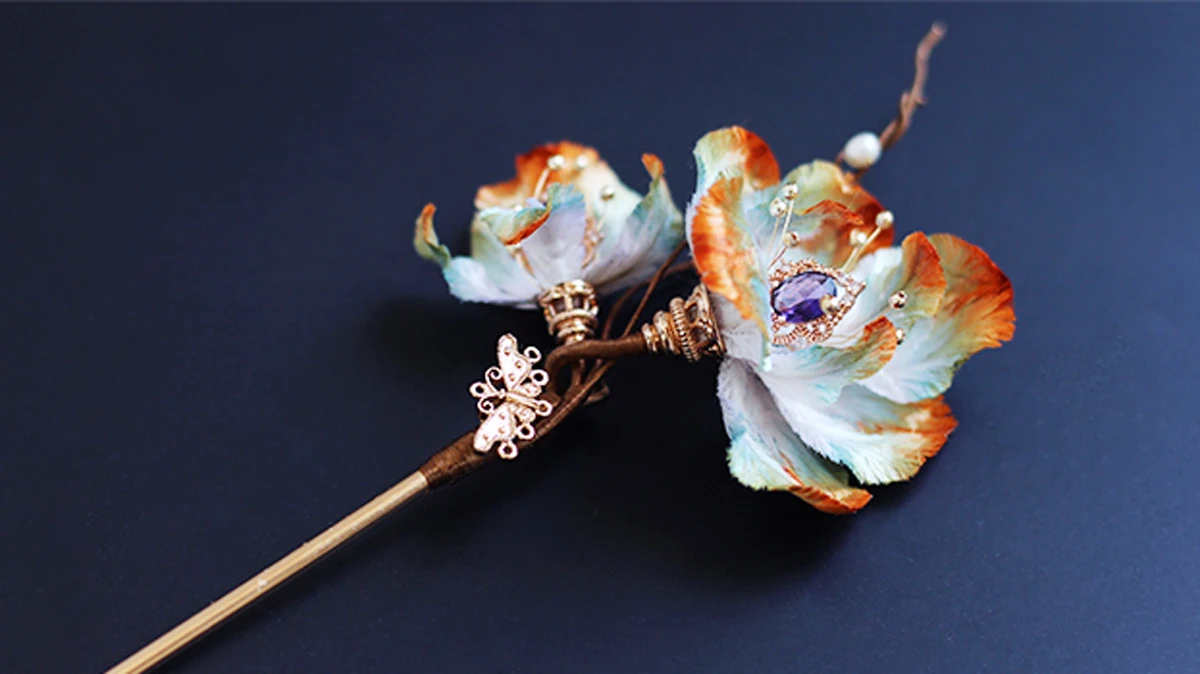
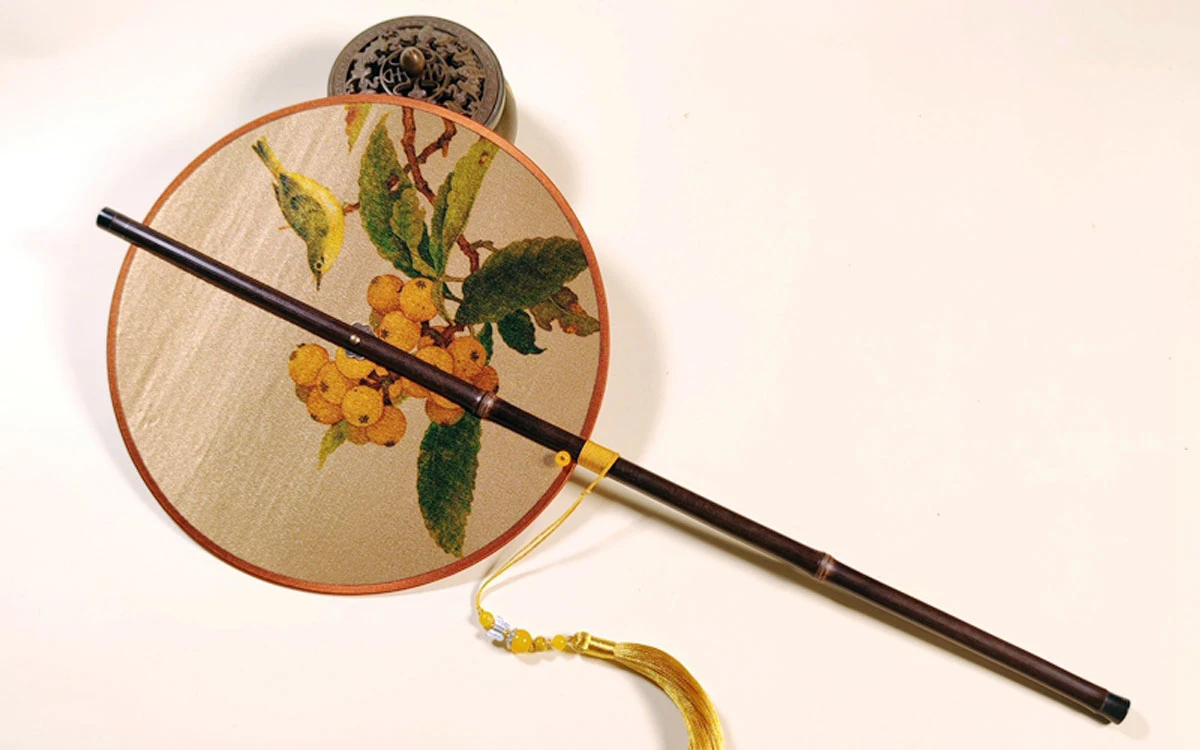

Thanks for this article.😍
Aku suka ini😍 bagus banget
Ada makna didalam aksesoris pinggang, itu keren
Nice article, Jinbu is so cute😍